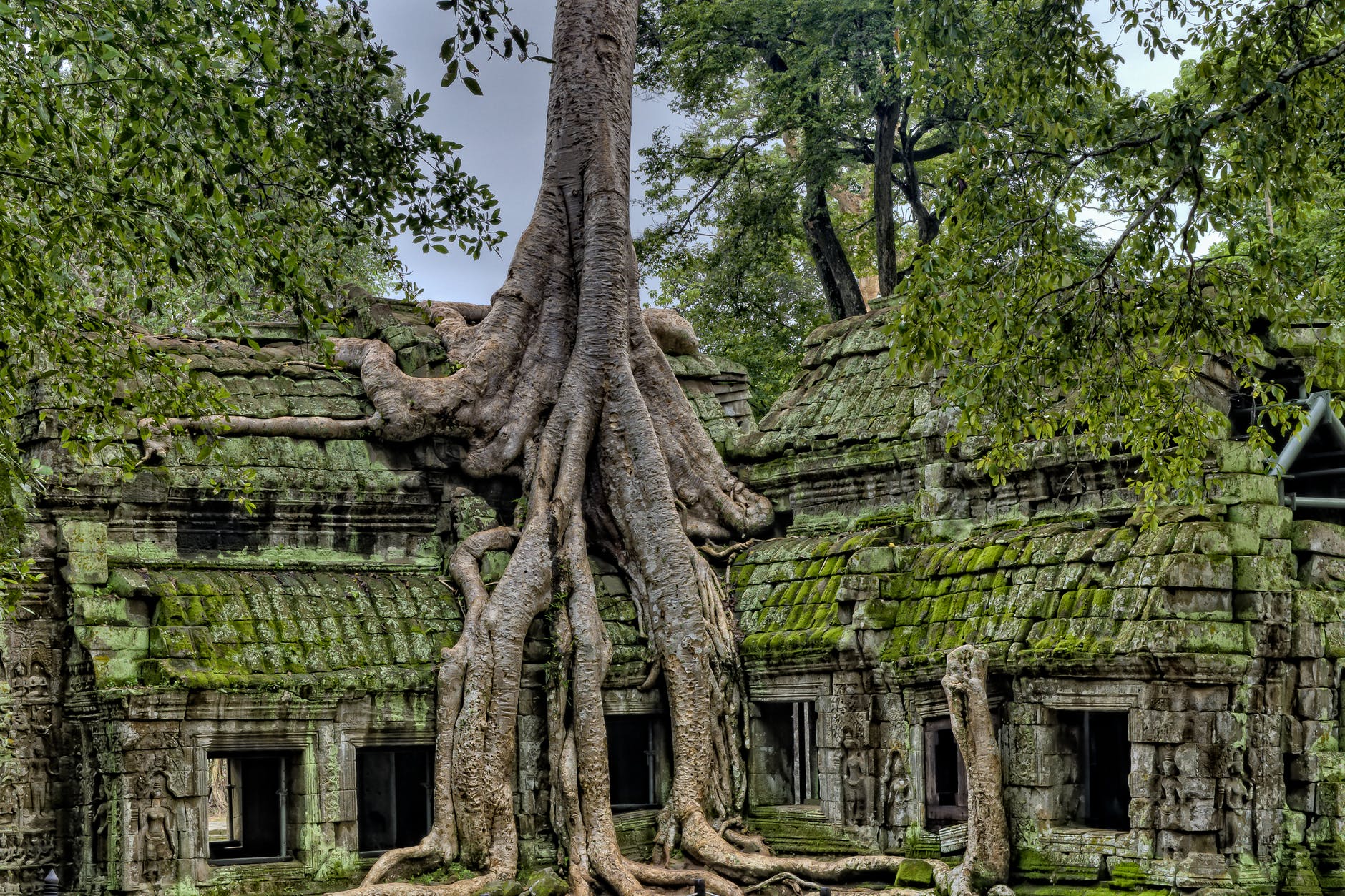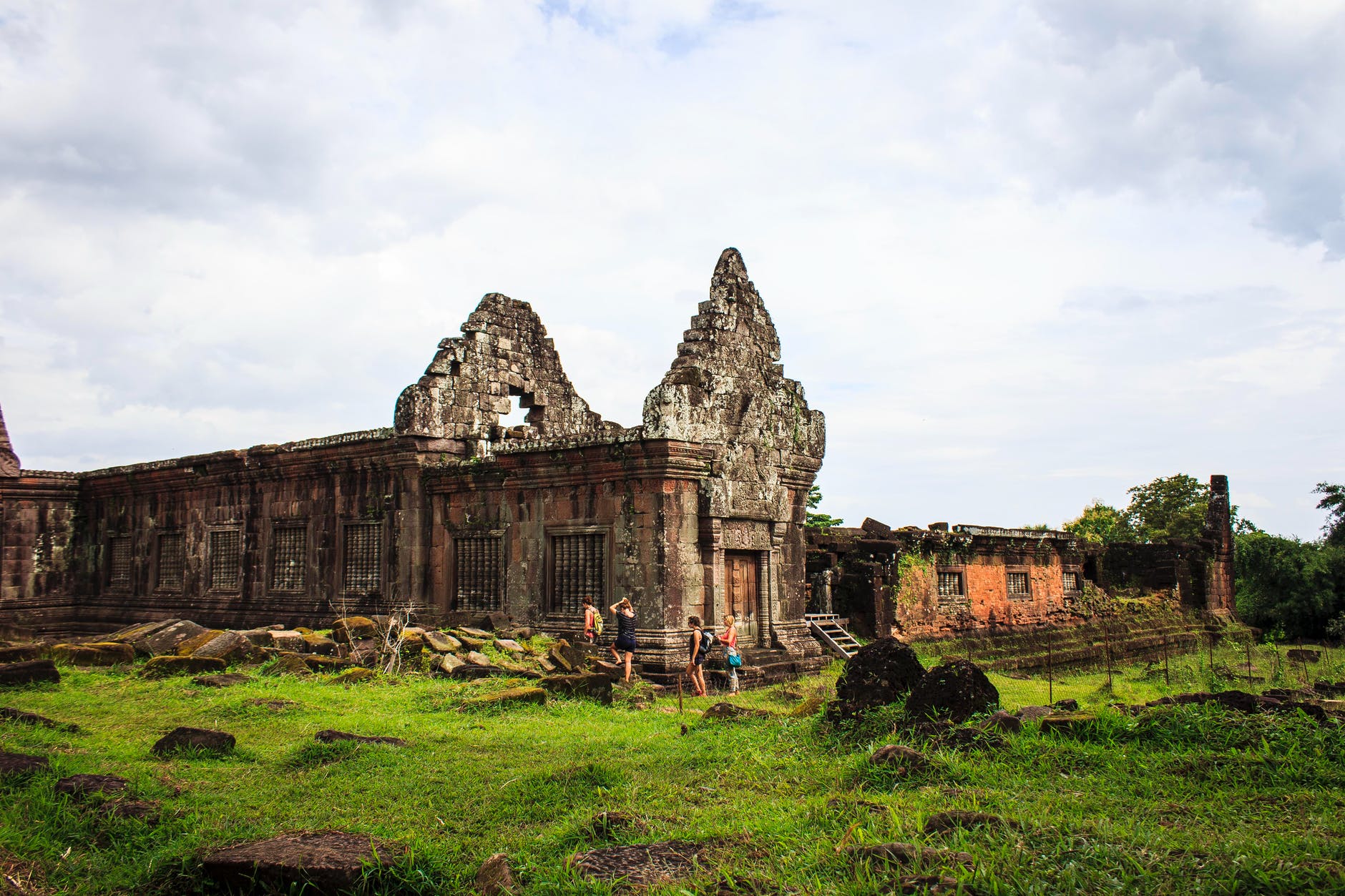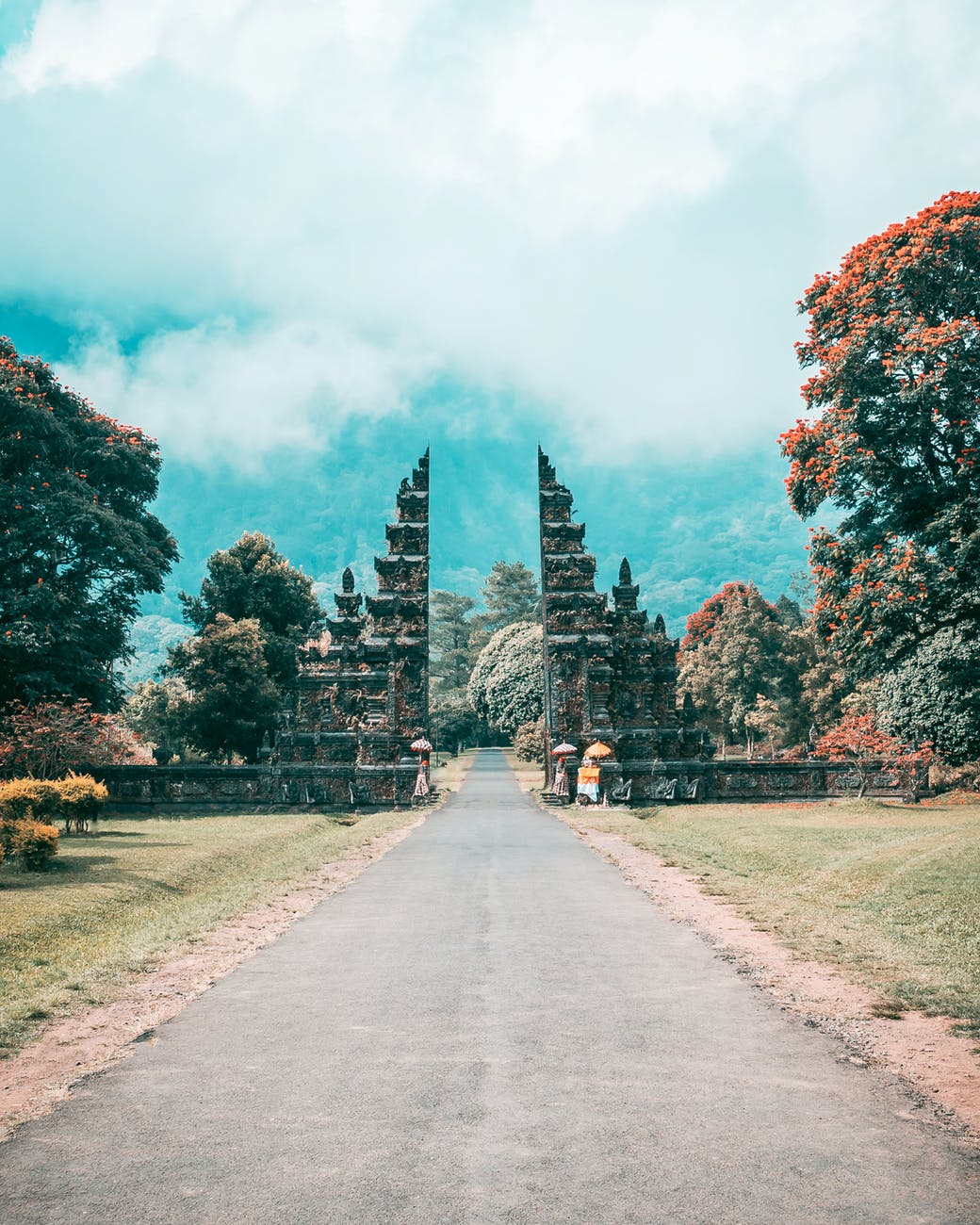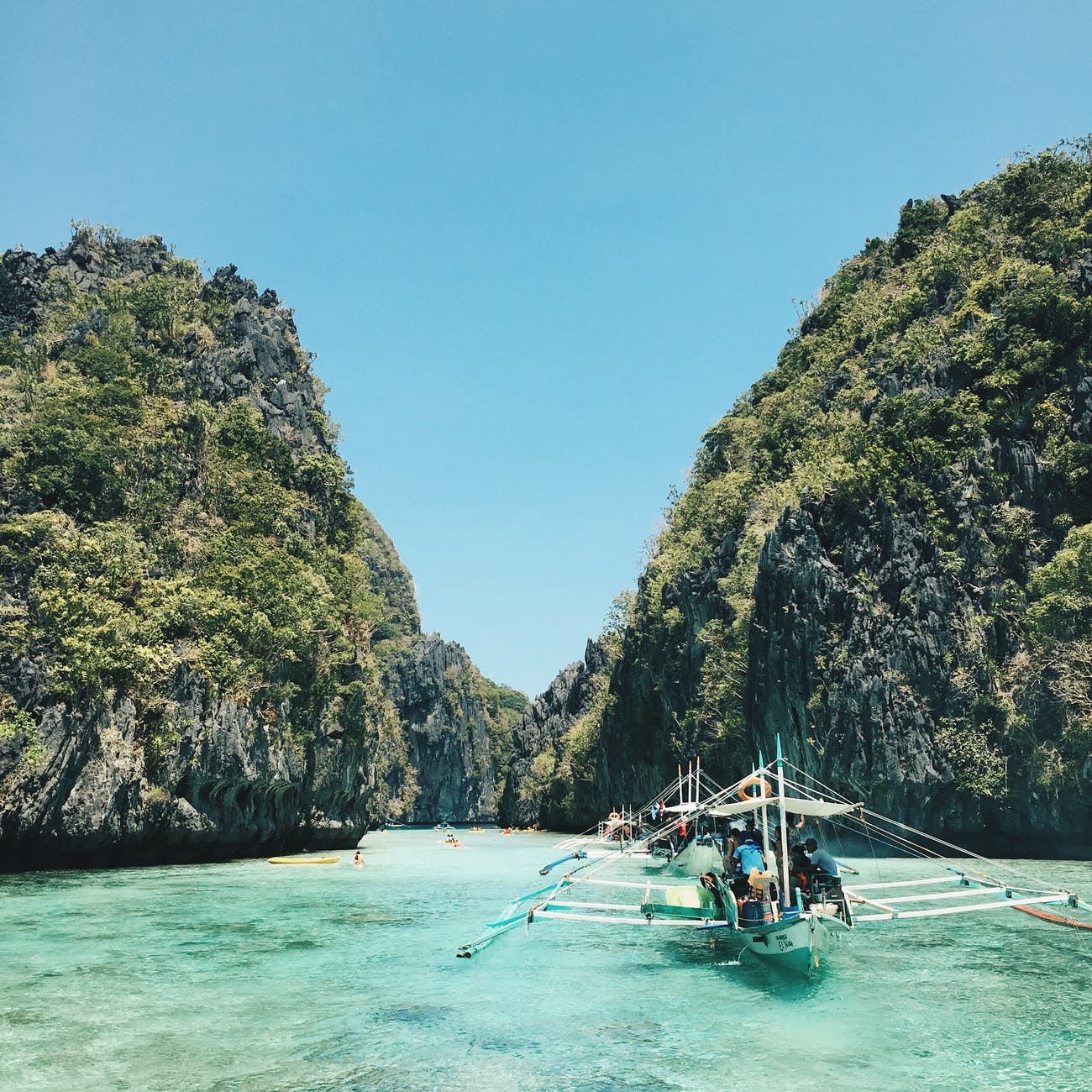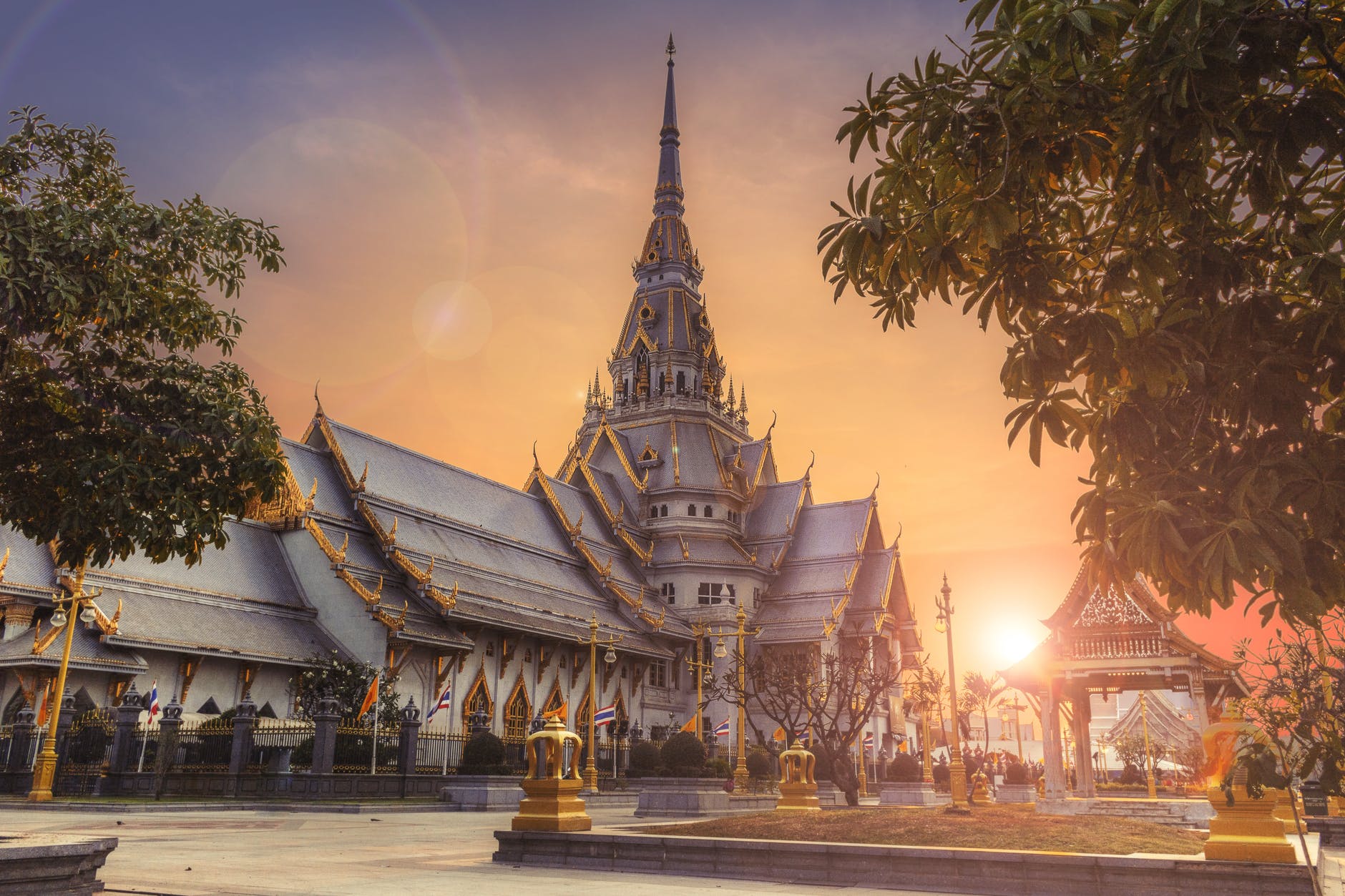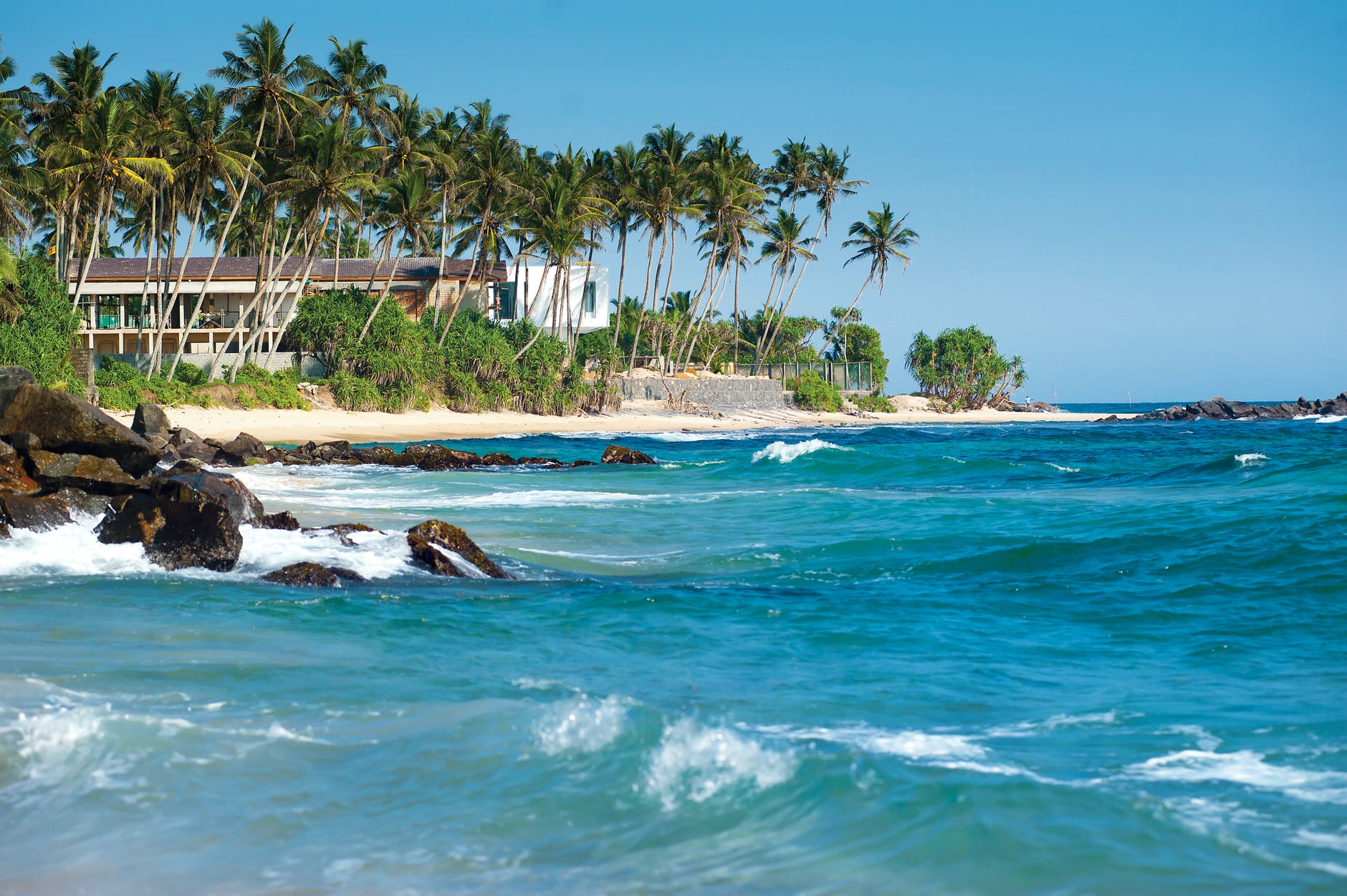About Cambodia:
We will start our Cambodia travel tips by talking about this nation. The word “Kampuchea” is more usually common for this land in the East. The overall region of this state is 181,035 km2. It is the third biggest nation in the globe with the highest number of landmines. Around 4 million landmines are now on the battlefield which can trigger injuries daily. The Cambodian flag is among the globe’s 2 flags that include a structure. Angkor Wat is the biggest spiritual shrine in the globe, occupying a site of 162.6 hectares.
It was also the primary venue for the action-adventure Tomb Raider (2001), featuring Angelina Jolie. The overall population of this country is approximately 17 million citizens. The KFC is losing cash in this state because it is the sole place where they are not successful. It’s among the 3 parts of the globe that never had McD’s. The Tonle Sap is southeastern Asia’s biggest saltwater lake. There’s a “blind clinic” in this place where you’ll get therapy by blind folks.
These folks are taught in the art of massage so that they can find a job. Genocide was undertaken by the Khmer Rouge (KR) government around 1975 and 1979. It was murdering a minimum of 2 to 3 million civilians and thrown in the “Killing Fields”. This is also host to one of its type, the “Killing Cave” of Phnom Sampeau. The famous as S-21, the biggest prison in the country, kept nearly 14,000 hostages, of whom just 12 remain alive.
Things to Do in Cambodia:
- Angkor Wat
- Bayon
- Ta Prohm Temple
- Angkor Thom
- Royal Palace
- Tuol Sleng Genocide Museum
- Wat Phnom
- Baphuon
- Phnom Bakheng
- Choeung Ek Genocidal Center
- Silver Pagoda, Phnom Penh
- Street 08
- Pre Rup
- National Museum of Cambodia
- Terrace of the Elephants
Language:
The primary and main language of Cambodia is Khmer. It is also famous with the name of Cambodian. Sanskrit and Pali, two languages that grew up in prehistoric India and set up towards this state, have had a massive impact on the Khmer language. Although Cham, Vietnamese, Thai, and Lao also have an impact on the Khmer language in conversation and publishing. Many of the technical alphabets are bought from French. However, English is widely used in resorts and commercial centers at the current time. Vietnamese, Cham, and French are the other common languages of this state.
Currency & Banking:
The primary and main currency of Cambodia is Cambodian Riel. However, folks majorly do only tiny transactions in this currency. The note comes in denominations of 50, 100, 200, 500, 1000, 5000, 10,000, 50,000, and 100,000. While coin comes in denominations of 50, 100, 200, and 500. Companies beyond urban centers and casinos in Poipet usually do not take credit cards.
In urban centers, there are now cash machines with foreign accession. The US dollars are as widely found in this nation, and the Thai Baht is appropriate in other cases. Numerous resorts and other eateries and stores maintain rates in dollars. Always bring a little Riel for vehicles, sweets, homeless people, and other tiny transactions.
Tourist Visa:
For Indians, a visa is available upon arrival for a limit visit of 30 days. They need to prove that they have a current passport alongside their valid returning air tickets and just a few certain papers.
Documents required for visa on arrival:
To Know More Please Visit our Cambodia Tourist Visa
Best Time to Visit:
The perfect opportunity to explore Cambodia is between November to April. It is the highest tourism cycle, and the accommodation prices are on the higher side in these times. However, it encounters far less precipitation. Throughout this period, you will see sunny weather creating it a good experience to experience a pleasant escape on the southern shore.
Beyond this time, the moisture rises, and the downpours arrive, allowing Cambodian growers to develop their crops. When you wish to avoid the queues and go wherever the rates are lesser, the finest moment to travel this place is between July to initial October. This area has hot conditions throughout the year, which never fall under 20 ° C, anywhere you go.
Time Zone:
The time zone of this nation is GMT +7 hours.
Emergency Number:
- Police: 117
- Fire Police: 118
- Ambulance: 119
Internet:
The Internet speed in Cambodia is average and the prices are economical. You can buy SIM cards for your phone from the airport or one of many retailers all over this nation. All you need is the passport to get the sim card in this country. While yes 018, Metfone, Smart, Cellcard, and QB are the major internet service providers in this location. According to Cambodia Travel Tips, the areas with free wifi hotspots are restaurants, hotels, airports, and popular tourist places. Whereas about 70.5 percent of the population has internet access. Throughout this state’s villages, you will face problems, the connection is not so decent in most places.
Electricity:
The normal voltage is 230 V and the default frequency is 50 Hz. While the electric plugs and sockets are of form A, C, and G in this area. Form A is primarily famous in North and Middle America, China, and Japan. This form only works with type A. While form C is also famous as the normal “Euro” plug. This form also operates with type E and type F. Whereas, form G is of British roots. This form only operates with type G.
However, you can use your power equipment in this location if the normal voltage in your area is between 220 240 V. Although it is advisable to carry a travel adapter to stay connected with the world. According to Cambodia Travel Tips, power-cuts usually happens in this part of the world, even in bigger areas.
Climate:
Cambodia ‘s climate is tropical in all areas. The rain also leaves its influence on the region. The weather is warm and muggy with overcast conditions of about 27 Celsius. There are 2 different periods, the wet phase and the dry phase. The monsoon cycle is from May to mid-November owing to the south-western rains and the dry cycle is from mid-November to April. The dry period can be split into 2 cycles: one of these is the least warm of the year, while the other one, from mid-February to May, is the warmest of the year before the rainy season begins.
The rainy season retreats in the north at the beginning of November and in the middle-south in the midpoint and the end of the season. The coldest days are in December, and the warmest days are in April and May when the sun is unbearable. In the monsoon season, the conditions are a little weaker, but the moisture is stronger, so the climate becomes warm and humid.
Transportation:
According to Cambodia Travel Tips, there is a range of providers that provide cab cars and coaches connecting Phnom Penh and the provinces with good roads and connectivity to Phnom Penh. Nevertheless, these AC busses and compatible with digital Television, Wi-Fi. The maximum operating speed of the busses is approximately 80 kilometers an hour. Bus terminals are mainly near Phsa Thmey (current city market) and Riverside. The standard of mass transit is also nice, so you can also move via it, just be cautious of petty theft.
Reason To Travel:
- Temples
- Islands
- Market
- Kampot
- History
- Kep
- Beaches
- Food
- People
- Nature
History:
Cambodia has a long and unique legacy of historical records. the first settlers in this region were stone-age hunter-gatherers. Agriculture came here around 2,300 BC. Funan gives rise to the Angkor dynasty with the emergence of King Jayavarman II to control in 802. For the next 600 years, strong Khmer rulers have taken control of most of today’s Southeast Asia. However, the Khmer empire was in collapse by the middle of the 13th millennium. In 1431, the Thais took the capital of Cambodia, Angkor. Cambodian influence began to decrease throughout the sixteenth century.
It came below Thai overlordship (loss influence) at the turn of the era. The state finds itself lost among Thailand and Vietnam in the 1800s. Around the start of the nineteenth century, King Chan ask the Vietnamese for defense from the Thais. The French missionaries came here in the 1850s and became a French client state in 1863. It was taken by the Japanese in 1941. The French took over again in October 1945. On 9 November 1953, the French officially enabled it to become entirely autonomous.
In 1975, a terrible and heartbreaking period of Cambodian time began under the rule of the Khmer Rouge. They were also lead by Pol Pot, famous as ‘Brother Number One.’ Millions of people were lost their lives in this period. It was taken over by the Vietnamese in December 1978 as they easily won the battle. While the troops went back in 1989. A transitional administration was set up until 1993 when elections take place and a constitution was made.
Culture :
Cambodian culture and creative activity rely largely on the glory of the tradition. They owe a great deal to Indian civilization, these include letters and numbers, art types, design designs, faiths (Hinduism and Buddhism), and a stratification class structure. The current society has its origins in the Funan state from the 1st to the 6th millennia. It’s popular as the earliest Indian kingdom in Southeast Asia. Cambodians can be differentiated by their clothes from their nearest neighbors. They carry checkered scarves that are popular as Kramas rather than straw hats.
The Sampot is this region’s primary dress. There are several variants for the Sampot, each of which is swept as per the social position. Traditional Sampot, also famous as a sarong, is usually worn by poor males and females. Cambodian Cusine is very tasty and full of flavor. Rice is prevalent in all the foods and culinary delights of Cambodia. It is even common in sweet dishes where the rice is mix with berries and coconut milk.
In Khmer, rice and meal indicate the same stuff. Tarantulas are eaten as snacks in this region. The Buddhist New Year is held in April and is known as the Khmer New Year. At this gathering, individuals are pouring water and talcum powder alongside. According to Cambodia Travel Tips, Water Festival, Ancestors’ Day, Royal Ploughing Day, and Kite Festival are other major celebrations of this area.
Religion:
Theravada Buddhism is the state faith of Cambodia. While 98% of the community follows it in the same manner as in Thailand, Burma, and Sri Lanka. Regional religious views that underline the significance of ancient spirits live side by side with Indian spirituality and are still prominent. There are several landmarks of Hinduism and Buddhism in this land. According to Cambodia Travel Tips, the other 2 % of the community is Christian, Muslim, traditional and non-religious. However, there are no restrictions on other belief systems, so you can freely obey your religious practices in this area.
Packing Tips for Cambodia:
- Passport & Travel map
- Day Bag or Backpack
- Sunglasses and Sun Hat
- Comfortable Clothes
- Breathable tees
- Power Charger
- Travel Adapter
- Toiletries
- Shoes
- Accessories
- Tickets and travel documents
- Swimsuit
- Insects repellent
- Medicine Kit
Is it safe to Travel to Cambodia?
Yes, Cambodia is a safe country for Travelers. The tourist industry is the primary source of income not only for the state budget but also for the corporate companies. Nevertheless, Thievery and purse grabbing are quite popular. Transit centers, malls, waterfront zones, bus service are one of the main thief locations. Please do not receive any refreshments as may be shrunk. There are some frauds that happen with visitors.
They ‘re mostly on the Thai section of the borderline. Please don’t seek assistance from anyone, particularly those operating for Thai border control at your resort or anywhere else. Don’t head to the stores with the sign ‘visas accessible here’ close to the borderline. However, there is no chance of major offenses such as burglary, terrorism threats, and carjacking.
According to Cambodia Travel Tips, it is not a safe spot for Solo Women Travelers. Sexual attacks also occur sometimes, in general, multiple casualties have been found in Siem Reap. Always use your basic logic and take your mind on you. please skip locations that are not well brighter and uninhabited in dark. Whereas there are some environmental threats, including typhoons and flooding.
Conclusion
However, if you need more information about Cambodia Travel Tips ?? Call us at +918860284198 or contact us at [email protected].
FAQs
Things to know before travelling to Cambodia?
These are 5 major things to know before traveling to this location: 1. Tap water is not healthy. 2. Corruption is everywhere. 3. Public toilets are not available in smaller areas. 4. Food frauds are common. 5. Skip riding an elephant
Wired Things about Cambodia?
There are 5 Major Wired things about This nation: 1. Birthdays are unknown to majority of the population. 2. International fast-food chains are not successful. 3. death ceremony is too costly & it can continue till 47 days. 4. Most of the people don't even know about any traffic rules. 5. Too many landmines inside the nation result in lots of people losing their body parts every day.
Cambodia Travel Ban?
Every visitors must undertake a COVID-19 test and wait for check results. Travelers need to bill for the Covid19 test and stay in isolation. In the event that one or many visitors are tested positive for COVID-19, all the following people will be sensitive to a quarantine period of 2 weeks at a place chosen by the Cambodian officials.
Cambodian visa for Indians?
The Visa is on arrival just carry the documents given in this blog.
How many states in Cambodia?
There are 25 States in this nation but officially 24 states and 1 autonomous municipality.

